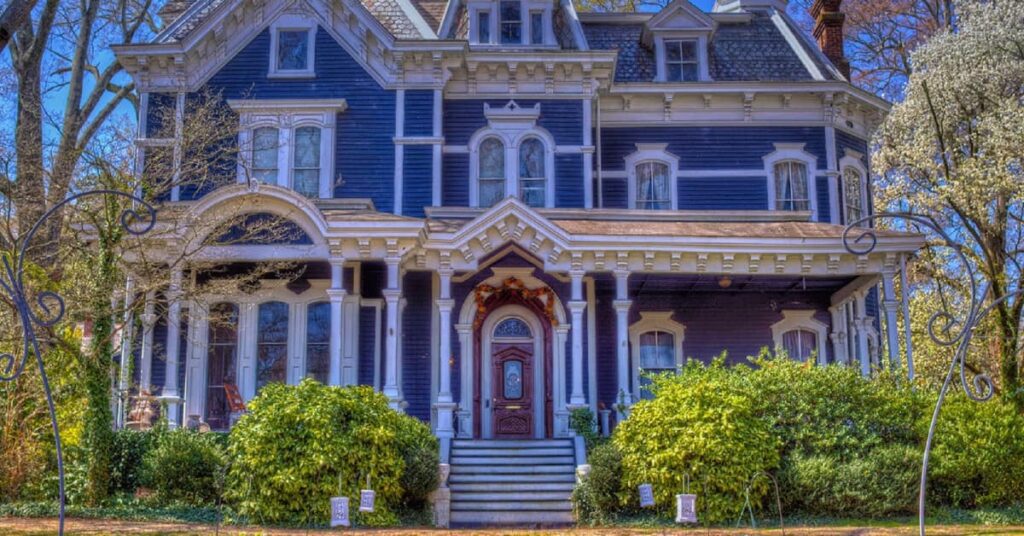Here’s one question that many people have about painting in spring: when can exterior painting start?
Spring can be an excellent time for exterior painting. Most painting issues occur when temperatures are extremely low or high. Spring is one season, besides Autumn, where the temperature can exist at a happy medium that’s ideal for painting.
However, the temperature isn’t the only obstacle to perfect outdoor painting work. Certain types of weather can also affect the final look of the paint. Read on to learn more about the ideal spring conditions for outdoor painting.
Spring: When Can Exterior Painting Start?
Remember that the answer to “when is the best time to paint outside?” can vary depending on different painting options. This article only covers how paints react to certain weather conditions overall. You may want to do some specific research to learn the specific details about the paint type and color you prefer.
When There’s No Rain
This one may seem obvious, but there’s a particular factor that most people may not think about. It’s not just the present rain that can negatively affect your paint. Rain can also affect your home maintenance painting project after you think it’s complete.
It can take hours for any paint to dry. Any rain that appears during that time can ruin your hard work. You need to paint on a day when the weather forecast mentions no chance of precipitation.
There’s Low Humidity
High humidity can also have more of an effect on your paint than you may think. Too much moisture in the air can make it difficult for paint to adhere to certain surfaces. This is especially the case with wood, as the material can absorb moisture from the air and swell up.
Also, moisture in the air can make it difficult for your paint to develop a protective layer. You should instead paint when the air isn’t too dry or too moist.
When The Temperature Is Consistently Mild
As mentioned, very high or low temperatures can negatively affect paint. Frigid temperatures can cause bumps and/or bubbles to appear in paint layers. Scorching temperatures can cause paints to peel and/or crack after they dry.
Something to also recognize is that temperatures can change pretty quickly. You may wish to let your paint dry overnight after you apply it. However, if the temperatures drop quickly during this time, you’ll likely get a result that you don’t like.
A similar situation can happen when temperatures quickly shift from mild to hot. Be sure to check for any future temperature shifts before you begin any house maintenance painting project.
Get the Best Exterior Painting From Our Services
Hopefully, this article has answered that question everyone asks when it comes to painting in spring: when can exterior painting start? To sum it all up, you will want to paint when the temperature and humidity are mild and when there’s no rain.
Also, consider our services if you don’t want to handle any exterior painting work in New Jersey on your own. Our skilled and flexible painters provide various painting services for residential and commercial customers. Fill out the form on this page to request a free quote.

